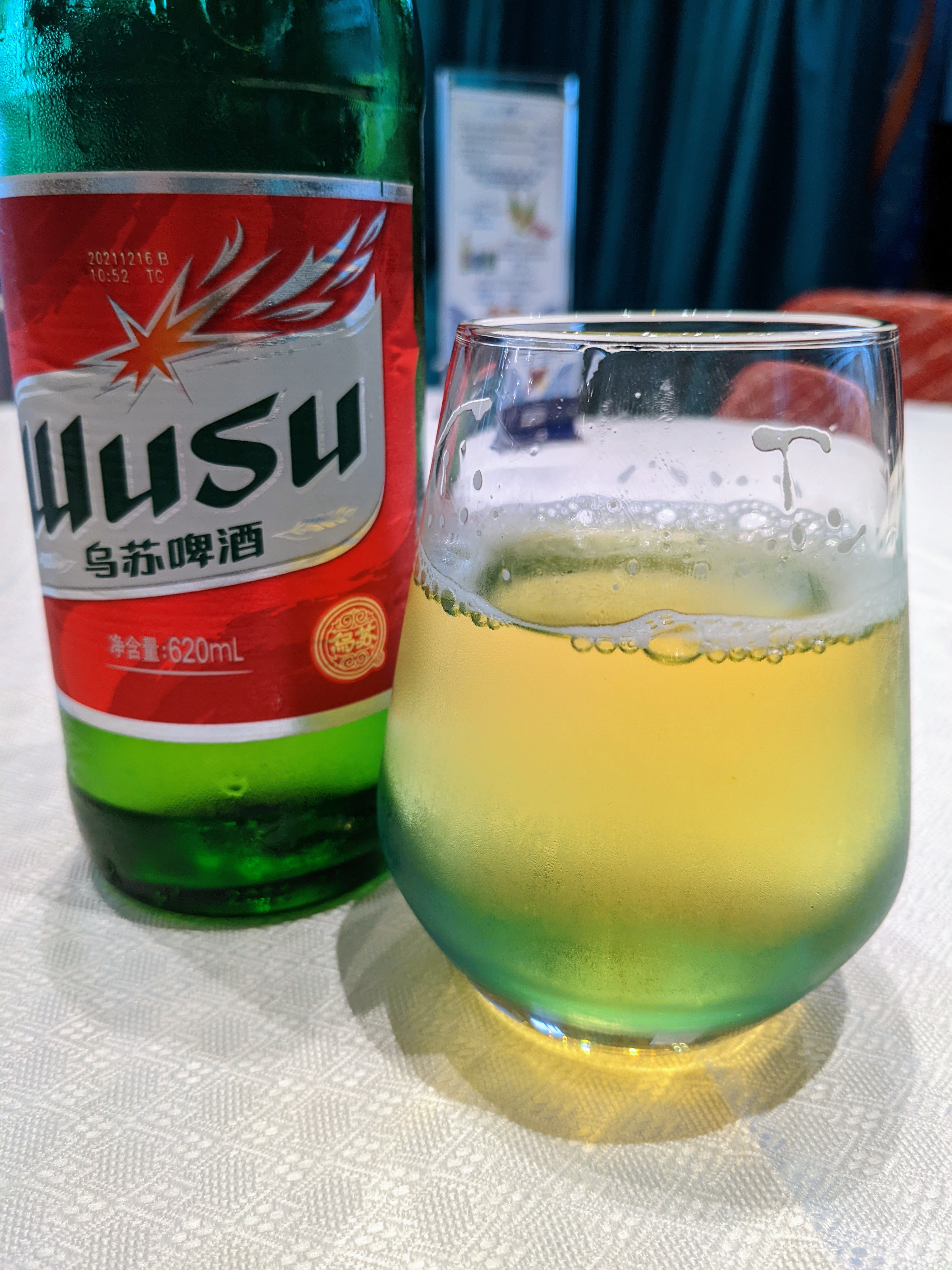Ningxia (“Peaceful Xia”), formally the Ningxia Hui Autonomous Region, just might be the most obscure out of all 34 Chinese provinces. Carved out of Gansu only in 1958 to give China’s Hui Muslims a notional homeland, it’s small in size, small in population, and wedged up against the Gobi Desert and Inner Mongolia, firmly out of the way as far as the course of Chinese history is concerned. The Xia (夏) of the name means “summer”, and shares the character with the semi-mythical Xia Dynasty of 2500 BC, but it actually refers to the Western Xia (Tangut), a Tibeto-Burman people who ruled these parts from the late 800s to 1227. In that fateful year, Genghis Khan attacked for the sixth time and completed what may be the first recorded case of successful genocide, giving the Tanguts a choice between “peacefully” joining his horde (hence the name) or death, and consigning the Western Xia to historical oblivion.

Given this cheerful history, Ningxia is not exactly a culinary hotspot, its primary historical export being the recently trendy “superfood” of goji berries (枸杞 gǒuqǐ) and its best-known dish being hand-picked lamb (手抓羊肉 shǒuzhuā yángròu), although even this simple dish of boiled mutton eaten by hand is widely eaten in the entire Mongol-sphere. Even the Hui Muslims who the region is supposed to be for form only a small minority (30% or so), and the heart of their culture lies in cities like Shaanxi‘s Xi’an to the south.
Imagine my surprise, then, when I found out that Ningxia is now best known in China for grape wine. Famously, in a blind taste test of 5 Ningxia wines against 5 top-flight Bordeauxs, the top four slots all went to Ningxia wines.
Once again ordering online from Ang Leong Huat, I picked up a $35 2019 Riesling from Kanaan Winery, with some trepidation: Chinese wines tend to be sweet, and Riesling can swing either way. I was very pleasantly surprised to find a crisp, lemony tipple, quite light in an almost NZ Sauvignon Blanc way. Definitely my favorite Chinese wine to date!



Drinks sorted, it was time to get my hands on some of that hand-picked lamb, and one of the few places in Singapore that offers this is Alijiang in Vivocity. Attentive readers will doubtless recall that this was one of the very first restaurants visited back in episode #1, Xinjiang, which also makes this the first restaurant to cover two provinces. With COVID measures mostly rolled back, it was busier than ever (reserve a table!) and we ordered up a feast. What the English menu calls Hand-Shred Mutton is Dōngxiāng shǒuzhuāròu (东乡手抓肉) in Chinese, a tip of the hat to the Muslim Dongxiang people who live in a corner of Gansu near Qinghai. $38 gets you a plate of 8 fatty lamb ribs, steamed until so soft that they do, indeed, fall off the bone if you so much as poke at them — delicious! The bean paste dip on the right was kinda meh, and raw onion was raw onion, but the chilli dip in the middle was great, far less spicy than it looks and a nice accompaniment to everything including the naan bread. Ningxia wine not featuring on the menu, we washed it down with Wusu Beer (乌苏啤酒) from Xinjiang, whose primary selling points are apparently that the bottle is large and the alcohol content is high; the taste, alas, was distinctly watery. Interestingly enough, Wusu is also fully owned by Carlsberg, meaning that the profits from both hipster Beijing brew Jing-A and this stuff flow back to Denmark.



Doubling down on lambtastic action, we also ordered Alijiang’s most heavily advertised specialty, “Grilled Lamb in Cage” (架子肉 jiàziròu, “shelf meat”), an actual Uyghur speciality from southern Xinjiang but popular mostly for the theatrics: true to the name, the lamb comes attached to a brass cage with a flame for show in the middle. It’s carved up at your table and served, incongruously enough, with a slice of not-so-Xinjiang roasted pineapple on the side. Crispy on the outside, soft on the inside, fatty but not excessively so, this was the top dish of the day and disappeared in a flash.
For dessert, we had a complimentary if equally inauthentic display of Uyghur dancing. The soft serve machine was broken, but at least the bill was accurate this time: $150 for 4. So can I now say been there, done that for Ningxia? Not quite, but hey, even this was a lot further than I thought I’d get in Singapore. Onward!